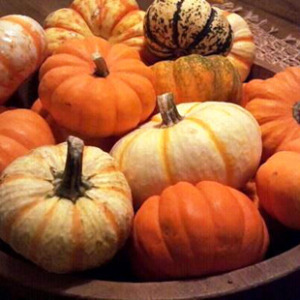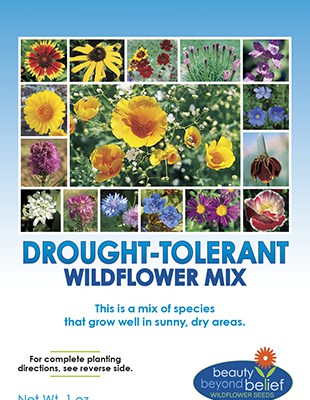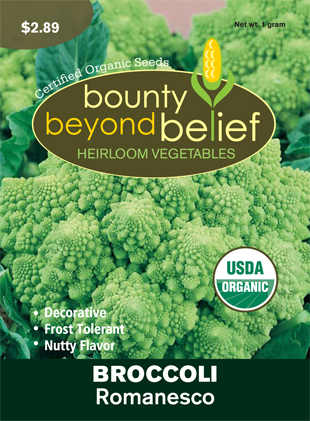Pruning for Holiday Decorations
Collecting Holiday Decorations from Your Garden
by Sandy Swegel
I’m a big fan of multi-tasking so it’s natural that whenever there’s a garden chore to be done, I think about whether it might solve some other task that needs doing. In the Spring I schedule perennial weed digging so the roots can be thrown to the chickens for yummy spring greens. In Summer I arrange to cut grass when I need the clippings to mulch the vegetable beds. In Fall I pick up leaves when I need to insulate rose bushes and perennials. One of the tasks I still want to do this year is “rejuvenation pruning” on shrubs or simple pruning on shrubs and trees that are poking me in the eye when I walk by or blocking the sidewalk.
Rejuvenation pruning is a great way to keep all your shrubs looking great. Every year you simply cut back to the ground 1/4th to 1/3rd of the oldest branches in your bushes. The shrub will put out new growth next spring to fill in and you’ll always have a self-rejuvenating plant.
So the multi-tasking solution here is to do some needed pruning on plants that happen to also look good, when cut, to use the pruning for holiday decorations. Some of the plants I’ll be pruning for Thanksgiving or Christmas are:
Branches with Berries: Pyracantha (orange berries) or Hawthorn (red berries)…be careful about thorns Cotoneaster with red berries Coral berry or porcelain berry
Branches with an interesting structure: Harry Lauder or curly willow both make nice twisty branches. Birch stems can have interesting bark. Yellow and redtwig dogwoods add great color. Even simple wild plum branches can be put in the center of a flower arrangement to hold the flowers up
Evergreens: Early winter is a great time to prune those Mugo pines or spruce trees that block the driveway. Juniper and cedar trimmings offer great aroma as well as evergreen color.
So once again, twice the work in half the time or something like that. The bushes have old wood removed, the shrubs and trees have a better shape, and the house is decorated for free with dramatic gifts from nature, brought indoors.
Photo Credit: http://liveatvillages.com/blog/?p=334http://ikebanalessons.blogspot.com/2012/10/ikebana-class-1052012.html


 plants with seeds or berries. Then the teachable moment came at a talk our County biologist gave on native plants. She pointed us to Douglas Tallamy’s book “Bringing Nature Home Bringing Nature Home: How You Can Sustain Wildlife with Native Plants”. Tallamy points out 96% of North American wild birds feed their young with insects and larvae (caterpillars). Now the adult birds – like humans — may like the high fat, high sugar treats (berries) we give them…but it’s the protein in the bugs that is so important to sustain our bird populations.
plants with seeds or berries. Then the teachable moment came at a talk our County biologist gave on native plants. She pointed us to Douglas Tallamy’s book “Bringing Nature Home Bringing Nature Home: How You Can Sustain Wildlife with Native Plants”. Tallamy points out 96% of North American wild birds feed their young with insects and larvae (caterpillars). Now the adult birds – like humans — may like the high fat, high sugar treats (berries) we give them…but it’s the protein in the bugs that is so important to sustain our bird populations.
